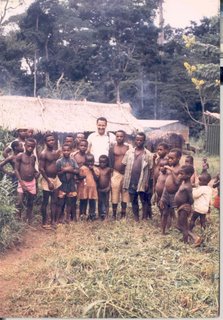Women who are searching for ways to enhance breasts need look no further than the Internet. There are a wealth of products and techniques available on the market which can help women increase the size and firmness of their busts. Many women do choose surgical augmentation as a way of making up for what Nature left out, but cosmetic breast enhancement surgery is an expensive, painful, and risky procedure.
Breast implants only have a lifespan of about ten years, so women who receive implants can expect to have at least one if not multiple follow-up surgeries in later years. Surgery usually results in scars, a long recovery period, and weeks or months of residual pain.
If you want to know how to enhance breasts without resorting to surgery, know that most natural enhancement products contain the same basic ingredients. Breast-increasing products typically are oral supplements with either estrogen or progesterone as the active ingredient. One of the main ways to enhance breasts is to simulate the hormonal processes that young women undergo when they reach adolescence. During puberty, the pituitary gland secretes human growth hormone and the ovaries start producing estrogen, both of which are responsible for the start of breast growth. While genetics and overall body fat are a factor in how large breasts become, chemical processes in the body are the main determiners of breast size.
Some women have discovered that one of the ways to enhance breasts is to take estrogen-based birth control pills or nurse a baby, but these effects do not last. Estrogen-based natural enhancement supplements with multiple herb combinations can yield better results. If you want to know how to enhance breasts naturally, you must know that only estrogen and progesterone-based products give permanent results.
There are also herbs in many breast augmentation products that have been used to increase chest size for centuries. It is said that women in harems of the Middle East knew ways to enhance breasts: they washed their breasts in fenugreek-infused water and ate roasted the seeds of the plant. Fenugreek and fennel have similar breast-enhancing properties and are usually included in these products. Wild yam, used widely for many different women-related ailments, has breast-increasing virtues. Finally Dong Quai and saw palmetto are often key ingredients in natural augmentation products.
Another answer to the question of how to enhance breasts is massage. There are several massage techniques that can tone and increase breasts. Women who want to try self-massage should be careful to use a lubricant, apply steady pressure, and know that the wrong technique can actually cause damage. However, there are many sources in print and on the internet which can give good breast massage techniques.
Massage technicians also offer other ways to enhance breasts because some technicians are trained in breast massage. They can perform techniques such as the breast lift, which can help with the size and overall health of the breasts. Obviously since breasts are a sensual part of the body, many massage therapists are unwilling or legally unable to perform a breast massage; however, there are some massage technicians who can perform breast massage.
With natural herbal supplements and gentle massage techniques available as ways to enhance breasts, why bother with the pain and expense of surgery? Skip the scars and the recovery time and try a natural breast augmentation product today!


